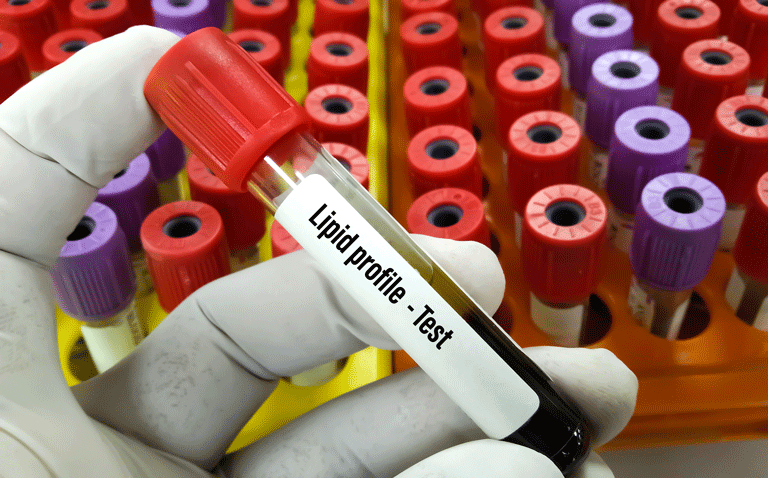Olpasiran has been shown to significantly reduce levels of lipoprotein A in patients with atherosclerotic cardiovascular disease
The small interfering RNA olpasiran has been found to virtually eliminate lipoprotein A in patients with atherosclerotic cardiovascular disease according to the findings of a randomised, placebo-controlled trial by US researchers.
Lipoprotein A (LPA) is a large glycoprotein attached to a low-density lipoprotein-like particle, that is associated with a risk of coronary heart disease and stroke. Lipoprotein A is produced by the apo(a) gene and levels are genetically determined with higher levels increasing the risk of atherosclerotic disease via mechanisms associated with increased atherogenesis, inflammation, and thrombosis. Despite this known link and therefore risk of cardiovascular disease, there are currently no pharmacological therapies available to reduce its levels. Olpasiran is a small interfering molecule that interrupts the expression of the LPA gene by degrading the messenger RNA that encodes the apo(a) protein. In a preclinical study with mice, olpasiran reduced LPA concentrations by 80% from baseline for 5 – 8 weeks after administration of a single dose. Based on these findings, the US researchers undertook the Olpasiran Trials of Cardiovascular Events and Lipoprotein[a] Reduction–Dose Finding Study to assess the efficacy and safety of repeated administration of the product.
Individuals aged 18 to 80 with serum LPA levels higher than 150nmol/L and a history of atherosclerotic cardiovascular disease were included. These participants were randomised 1:1:1: 1:1 to receive four doses of olpasiran administered subcutaneously (10 mg, 75 mg, 225 mg every 12 weeks) and 225 mg every 24 weeks or matching placebo, for a period of 48 weeks. The primary endpoint was the percentage change in the LPA concentration from baseline to week 36 whereas the secondary outcome was the change at the end of the trial.
Olpasiran and Lipoprotein A levels
A total of 281 participants with a mean age of 61.9 years (32% female) were enrolled and randomised to one of the five arms (between 54 and 58 per arm). The overall median baseline LPA level was 260.3 nmol/L and 88% of participants were taking a statin and 23% a proprotein convertase subtilisinkexin type 9 (PCSK9) inhibitor.
At week 36, the LPA level increased by 3.6% in the placebo group but was significantly reduced in each of the active treatment arms. For example, the placebo-adjusted change in the 10 mg group was -70.5%, -97.4% in the 75 mg group and -101.1% in the 225 mg group and -100.5% in the 225 mg arm when administered every 24 weeks (p < 0.001 for all comparisons with the baseline value).
In addition, LDL cholesterol levels were also reduced with placebo-adjusted reductions ranging from -22.6% to -24.8%.
Adverse effects were generally similar across the groups.
The authors concluded that olpasiran significantly reduced lipoprotein(a) concentrations in patients with established atherosclerotic cardiovascular disease and called for future trials to assess the impact of treatment on cardiovascular disease.
Citation
O’Donoghue ML et al. Small Interfering RNA to Reduce Lipoprotein(a) in Cardiovascular Disease. N Eng J Med 2022










